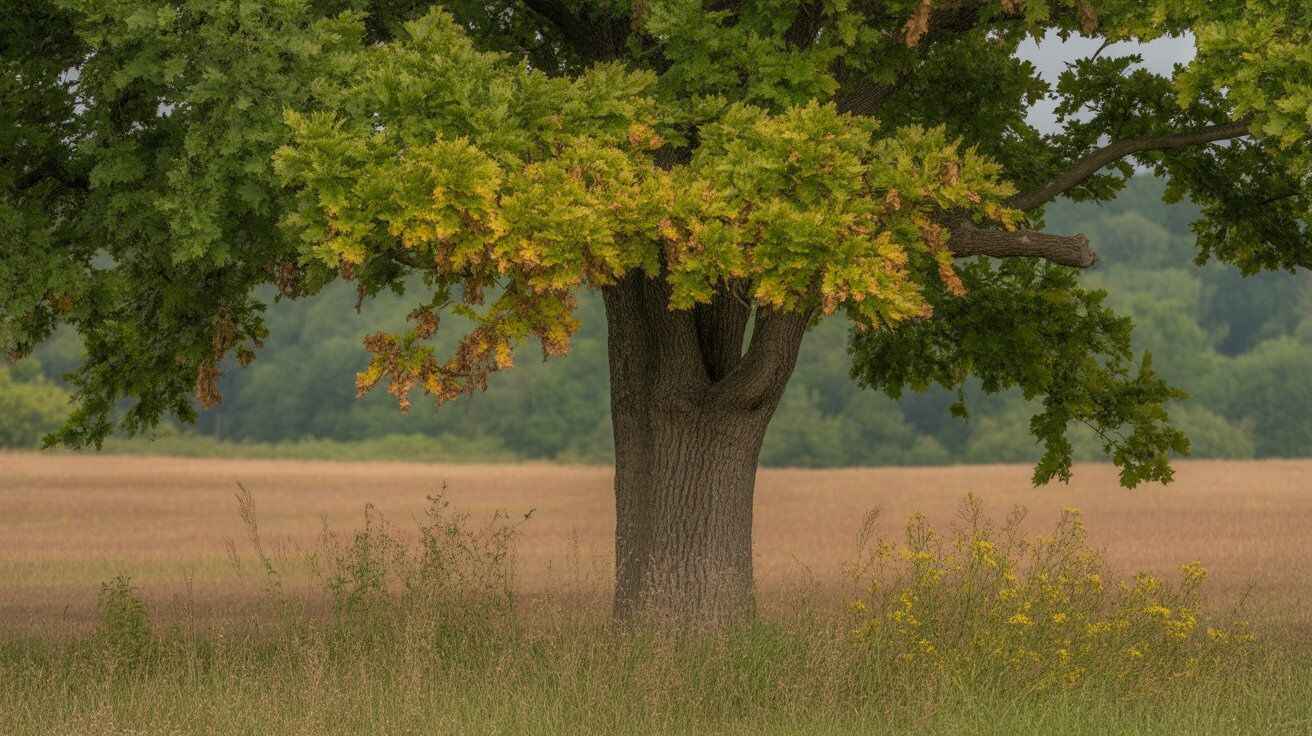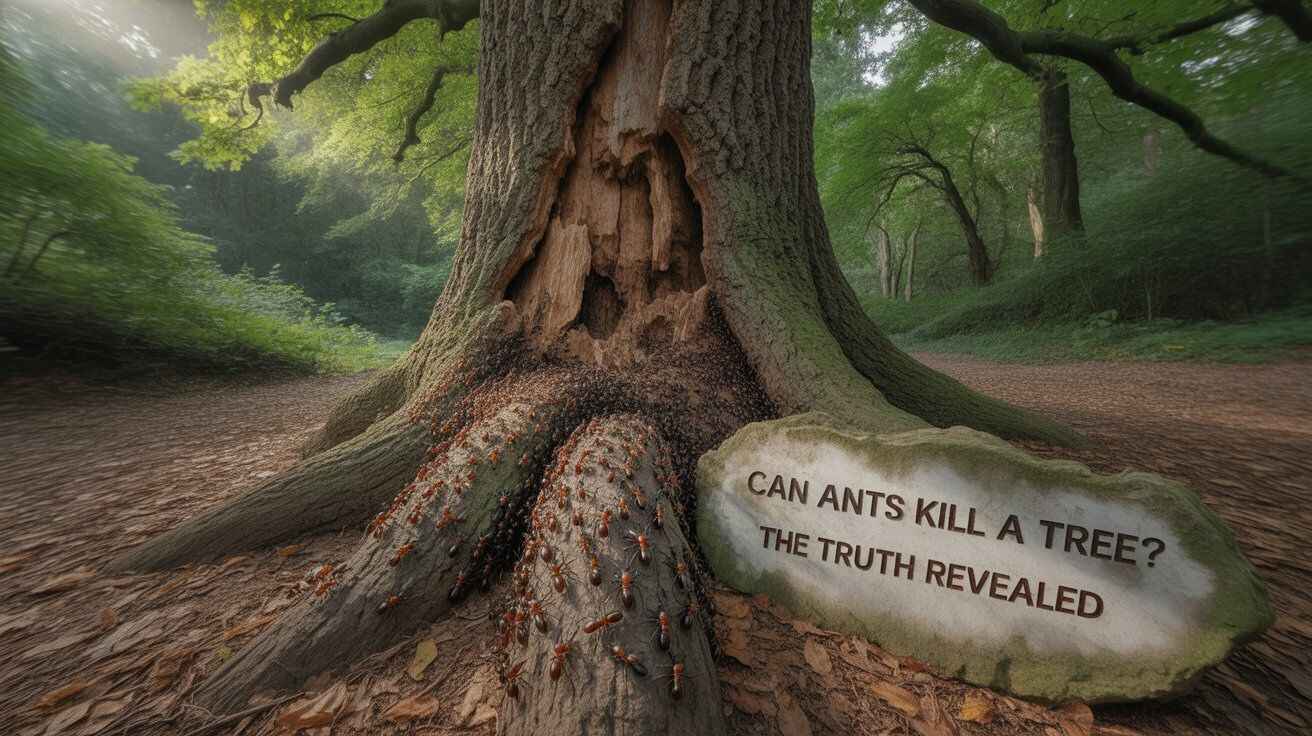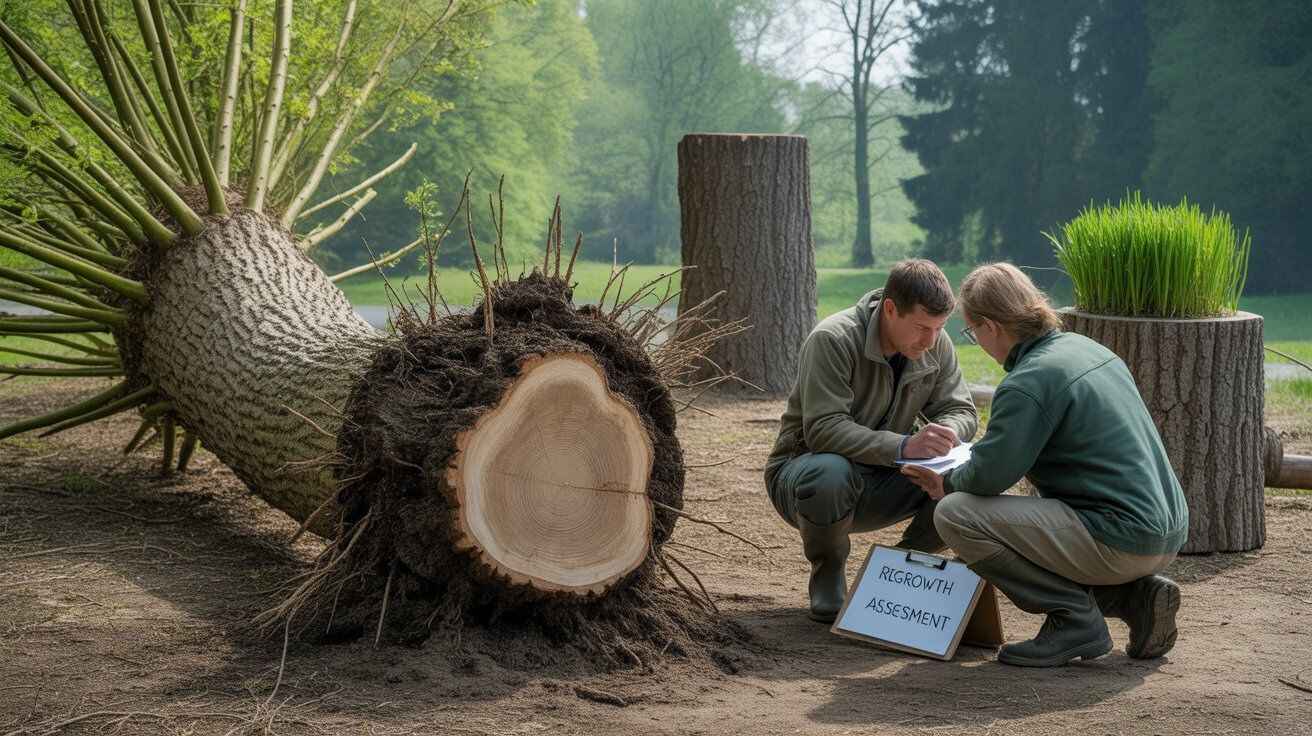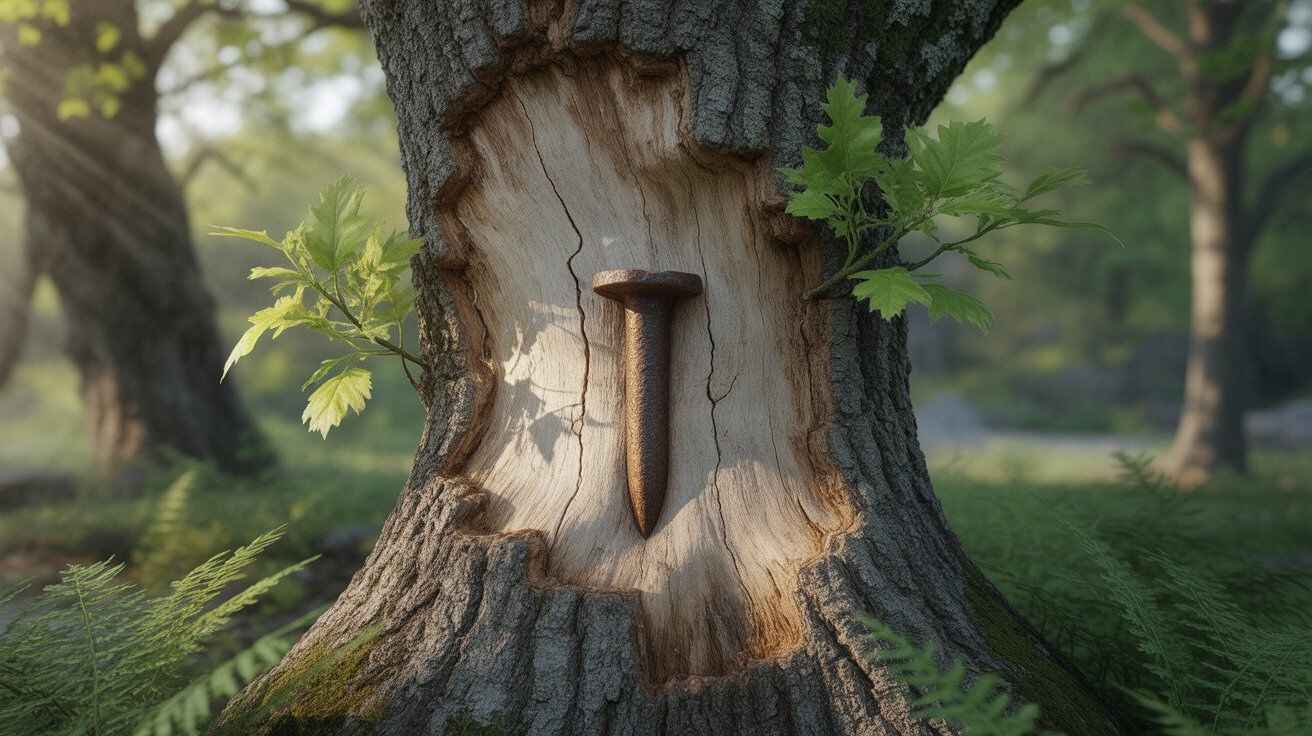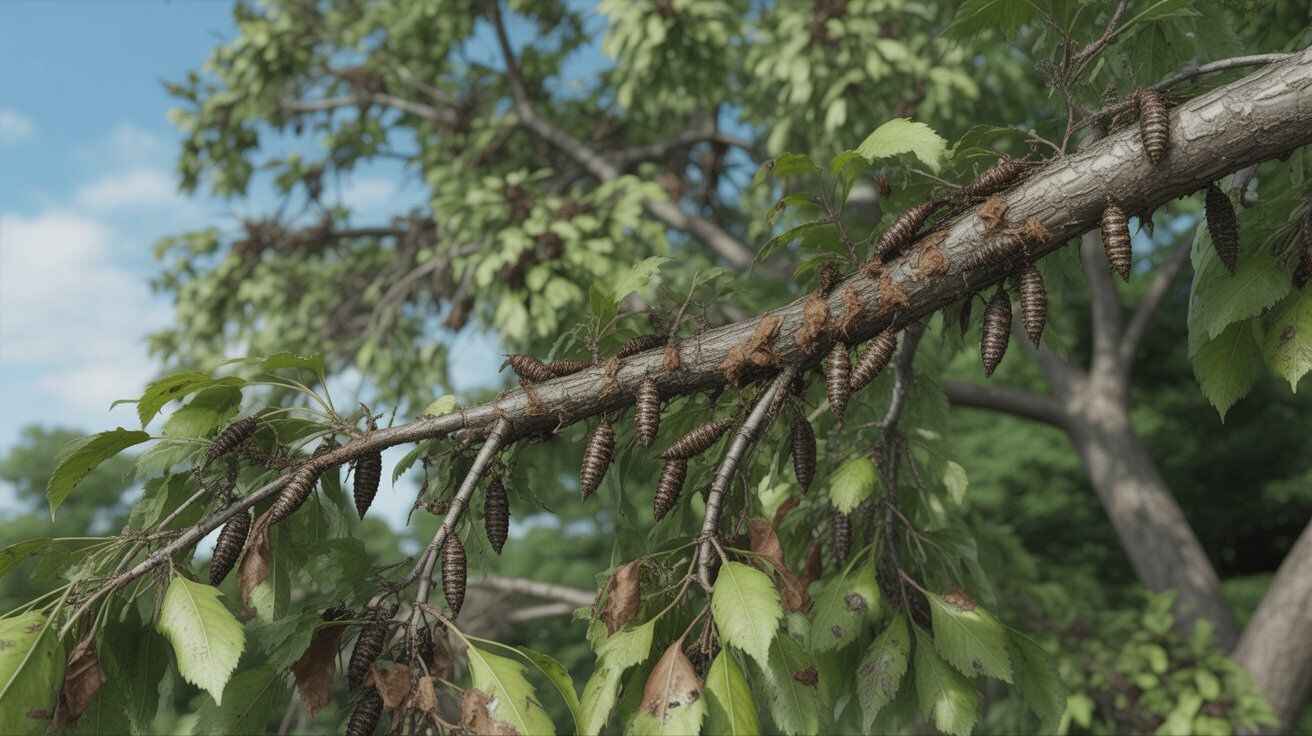Learn how 2,4-D affects trees, signs of damage, sensitive species, recovery chances, and best practices to prevent herbicide injury.
How 2,4-D Works — Mode of Action
To understand can 2,4-D kill trees, it helps to know how it functions. 2,4-D is a selective herbicide designed to target broadleaf plants by mimicking natural growth hormones. When absorbed through leaves or roots, it disrupts normal cell division, leading to twisting, curling, and eventual dieback. The risk of 2,4-D tree damage varies by formulation: ester types are more volatile and prone to drift, while amine types are less likely to cause off-target injury.
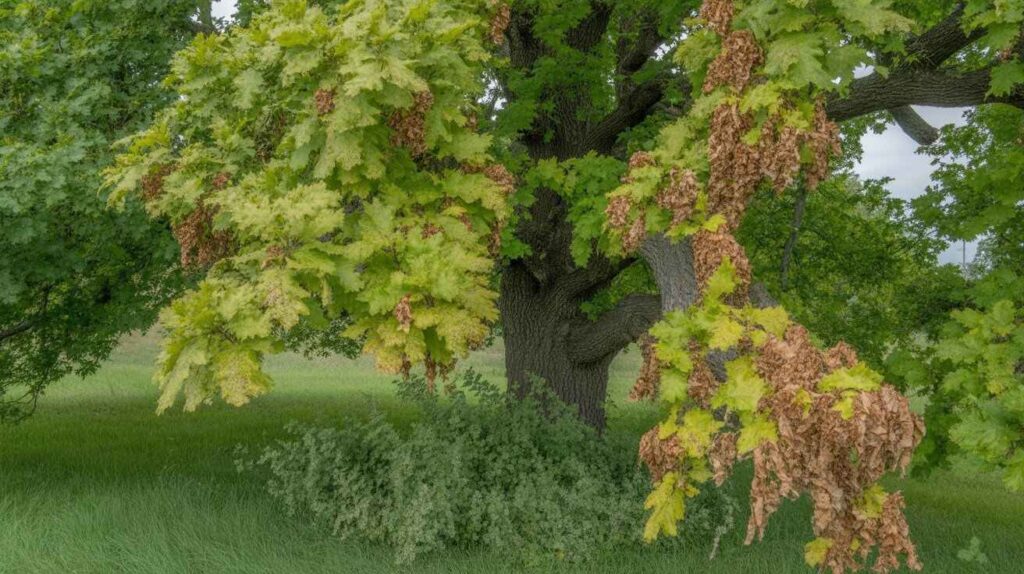
Tree Species Sensitivity & Risk Factors
The question can 2,4-D kill trees often depends on the species and growing conditions. Sensitive trees such as oaks, maples, elms, peaches, and many ornamentals show quick injury when exposed. Younger or stressed trees are more vulnerable, while mature, healthy trees may tolerate light exposure. Repeated applications or drift increase risk, especially when root zones extend into treated areas. Understanding tree species sensitivity to 2,4-D helps prevent long-term decline and unintentional herbicide injury.
Exposure Scenarios — Drift, Soil Uptake, Foliar Contact
| Exposure Pathway | How It Happens | Tree Impact | Risk Level |
|---|---|---|---|
| Spray Drift | Herbicide carried by wind or heat during spraying | Leaf curling, distortion, reduced growth | ⚠️ High in windy/hot conditions |
| Foliar Contact | Direct spray touches leaves | Visible leaf burn, cupping, stress | ⚠️ Moderate–High |
| Root Uptake | Herbicide seeps into soil near root zone | Long-term injury, decline, possible death | ⚠️ Severe if repeated |
| Volatilization (Ester Formulations) | Herbicide vapors move off-target | Widespread damage to nearby trees | ⚠️ Very High risk in warm climates |
Symptoms of 2,4-D Damage on Trees
Identifying whether 2,4-D can kill trees starts with spotting early warning signs. Exposed trees often show cupped or curled leaves, twisted shoots, and reduced growth. Severe 2,4-D tree damage may cause branch dieback, thinning canopies, or poor fruit set in sensitive species. Chronic exposure can stunt development over multiple seasons, while acute high doses may lead to rapid decline. Recognizing these symptoms of herbicide injury allows timely intervention and helps determine whether recovery is possible or decline is inevitable.Symptoms of 2,4-D Damage on Trees
Can Trees Recover After Exposure?
Whether 2,4-D can kill trees or only injure them depends on dosage and frequency. Light drift may cause temporary leaf curling, and healthy trees often recover with proper care. Severe or repeated 2,4-D exposure can weaken roots, reduce growth, and eventually lead to death. Recovery steps include deep watering, mulching, and pruning damaged branches. In some cases, even strong trees decline over time. Understanding tree recovery from herbicide injury helps determine when supportive care is effective versus futile.
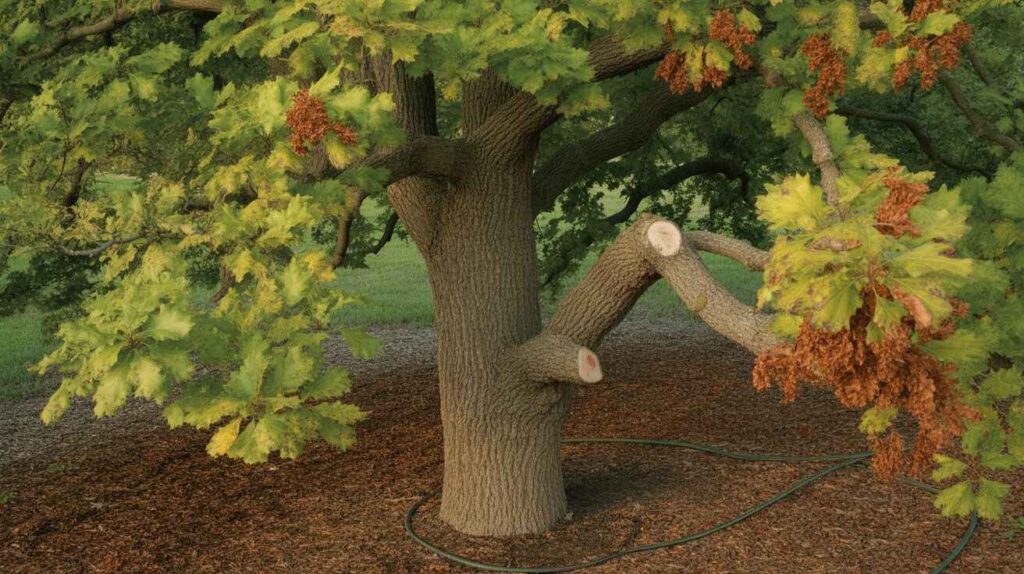
Best Practices to Prevent Tree Damage
Before asking can 2,4-D kill trees, it’s important to know how to reduce risks. Apply herbicides on calm days to limit 2,4-D drift effects and avoid spraying near root zones. Choose amine formulations instead of esters to lower volatilization. Establish herbicide safety buffer zones around valuable trees, especially fruit and ornamental species. Always follow label directions and avoid over-application. These practices help minimize herbicide injuries to trees, ensuring weed control without long-term damage to surrounding landscapes.
FAQ — 2,4-D and Tree Safety
Q1: Can 2,4-D kill trees completely?
Yes, repeated or high-dose applications can cause permanent death in sensitive species.
Q2: Which trees are most at risk?
Oaks, maples, peaches, and ornamentals often suffer severe 2,4-D tree damage.
Q3: How fast do symptoms appear?
Within days, leaves may curl, twist, or show cupping.
Q4: Can affected trees recover?
Mild exposure may allow recovery, but repeated herbicide injuries to trees often lead to decline.

Jhanzaib Khan, with over 50 years of dedication to nature and tree conservation, is a leading authority in the world of trees and environmental care. From his early years exploring forests to guiding communities in sustainable tree planting, Jhanzaib has combined hands-on experience with a lifelong passion for the environment. He specializes in tree species identification, tree care, forest management, and environmental awareness. His insights have been featured in multiple nature blogs, workshops, and local conservation projects.

